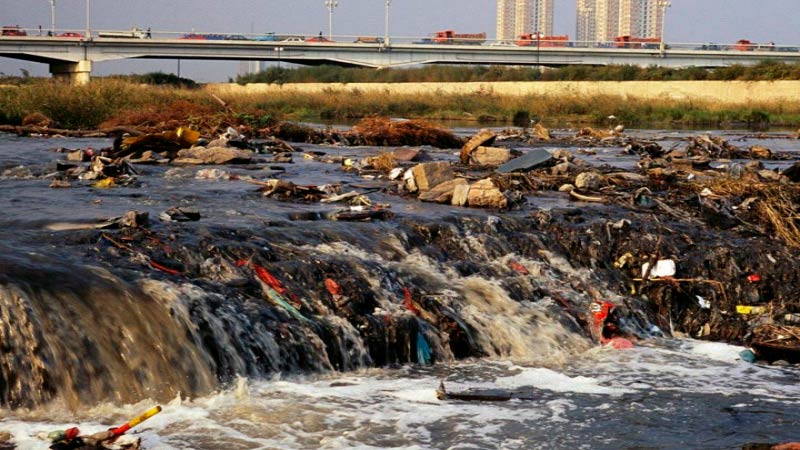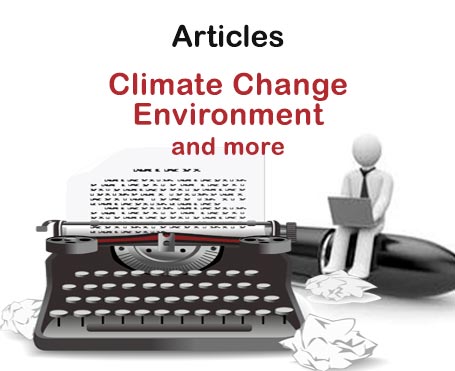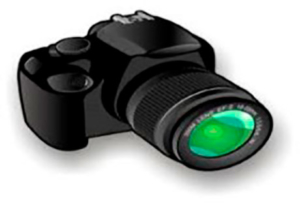FAQs about Water Pollution and Shortage

4. What are the main water pollutants?
In the waters, pollution includes oceans, seas, lakes, lagoons, rivers and ponds. Pollutants include all types of substances and materials. From a plastic bag thrown into the sea to a can of soda to a river. Many cities discharge into rivers, lakes and seas large volumes of fecal material, pathogenic microorganisms, detergents, insoluble gases, all kinds of garbage, debris, glass, microplastics and single-use plastic objects.
Wastewater from industrial landfills contains oils, phosphates, nitrates, fluorides, lead, arsenic, selenium, cadmium, manganese, mercury and even radioactive substances. Another type of very lethal pollution is oil spills. Many of these pollutants can take hundreds and even thousands of years to be recycled by nature.
The discharges of plastics in the oceans is so serious that polyethylene objects have been found in depths that cannot be imagined. Using robots, a British team has located at the Marianas Trench and the Kermadec Trench, both in the Pacific Ocean, separated by no less than about 7,000 kilometers, plastic sinks in the most remote and hostile habitats. A plastic bag was found in the Mariana Trench, at 10,898 meters, near the maximum marine depth on Earth. Humans have reached the most unthinkable levels with our waste. The aggravating factor is that these objects are made of single-use plastics and take centuries to degrade.
FAQs about Pollution and water shortage
Updated an extended in august 2021
Pollution
1. What is the hydrosphere?
2. Why is water important?
3. What is water pollution?
4. What are the main water pollutants?
5. What diseases does water pollution transmit?
6. Which are the countries that best manage their waters?
7. What should be done to keep the waters clean?
8. What are oligotrophization and eutrophication of lakes?
Shortage
9. What is water scarcity?
10. What are the causes of water scarcity?
11. What is water stress, periodic scarcity and water scarcity?
12. Can we finish drinking water on the planet?
13. What are the cities with the greatest water shortage?
14. Could wastewater be used to solve the water shortage?
15. Why is not the water in the seas desalinated?
.
Sources
United Nations. Global Issues. Water. https://www.un.org/en/global-issues/water
United Nations. UN-Water. Water Scarcity. https://www.unwater.org/water-facts/scarcity/
UNESCO. Is wastewater the new black gold? 21/03/2017. https://en.unesco.org/news/wastewater-new-black-gold
UNESCO. Water Scarcity and Quality. https://en.unesco.org/themes/water-security/hydrology/water-scarcity-and-quality
Wikipedia. Water scarcity. https://en.wikipedia.org/wiki/Water_scarcity
Other sections of Water Pollution and Shortage

Our planet could have been called “Water” instead of Earth, because of the immense amount of the vital liquid that it houses. For something is blue and not ocher, although the atmosphere also helps paint that wonderful tone…
You can also see it in…
Infographics

Photo Gallery.

Video Gallery


